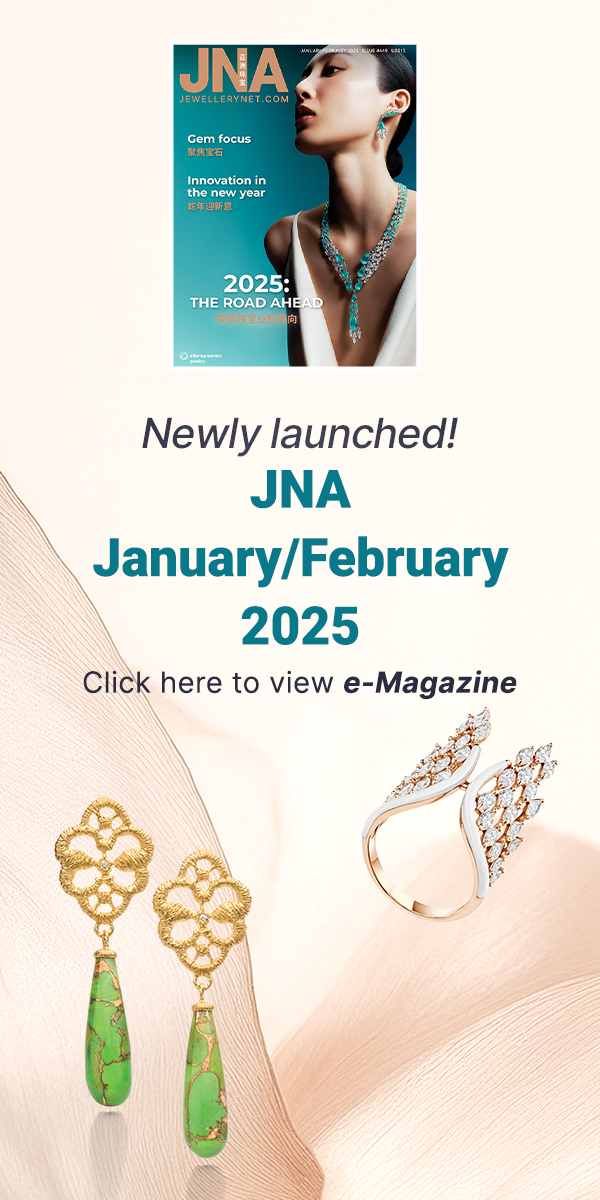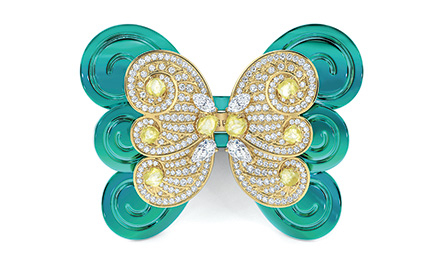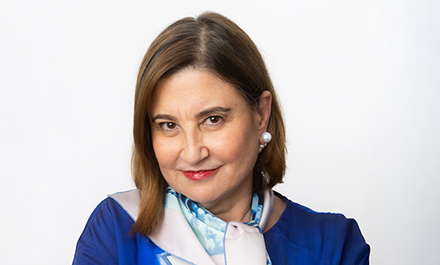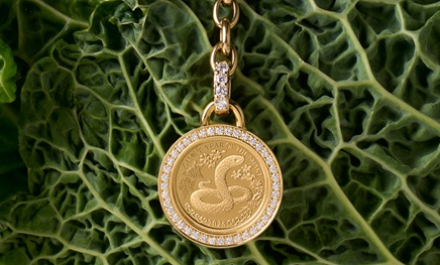Pearls are at the centre of innovative design movements more so today than ever before, with the industry’s most prolific manufacturers constantly upgrading jewellery designs to highlight the organic gems’ extraordinary versatility.
It's an eight-hour journey by sea from Myanmar's coastal city of Myeik to the Mergui Archipelago – home to the country's beloved golden South Sea pearls. Coming from Hong Kong, the journey requires two flights, prior to the boat ride.
From time to time, Jonathan Cheng, director of Rio Pearl, would take this arduous journey to the company's pearl farm where the story of these natural gems unfolds.
“Building a farm from scratch takes tedious planning and patience. We need fresh water, houses, electricity and workers willing to migrate to a remote island,” noted Cheng. “A farm needs water circulation, calm currents, a rich biodiverse marine ecosystem and seclusion from human intervention.”
Harvesting a batch of pearls takes four years – two years to cultivate the oyster from a hatchery and another 18 months after grafting. “We then harvest, clean and sort the pearls, and by the time they hit the open market, close to four years have passed,” revealed Cheng.
Gems from the sea
Today, pearls take their pride of place in the jewellery world, thanks to their intrinsic elegance and universal appeal.
At the forefront of pearl cultivation is Myanmar, which has consistently been producing lustrous pearls with a clean surface. According to Rio Pearl, Myanmar's organic gems deserve a top spot in the global market.
Design-wise, Rio Pearl favours nature-inspired themes that bring to light the pearl's versatility. The pieces include classic rounds to one-of-a-kind, uniquely shaped gems. Among its latest creations is the Shooting Star necklace and earrings with Myanmar golden South Sea pearls and diamonds. The pieces mimic an endless echelon of stars in the galaxy.
The Magma ring, adorned with a 19.5mm baroque Myanmar South Sea pearl in yellow and white gold with yellow and white diamonds, meanwhile is further testament to the pearl's aesthetic resilience.
According to Cheng, designing around golden South Sea pearls is no easy feat but lustre and colour take precedence in the process.
“The most important factor is lustre. If the pearl is lustrous, its iridescence will shine alongside diamonds and gemstones,” revealed the company official. “South Sea pearls from Myanmar have the highest lustre so they are the most ideal material for pearl jewellery designers.”
As for colour, Rio Pearl attaches great importance to dark gold pearls because these are hard to come by. Its jewellery pieces are a brilliant mix of pearls in gold, white and cream to better promote the entire harvest of South Sea pearls produced in a year.
Road ahead
The pearl market has matured tremendously over the years, particularly for Rio Pearl since its products are available in most developed nations. Pearls are now among the most sought-after treasures, alongside diamonds and coloured gems. Finding the right material to match clients' needs however is always a challenge, noted Cheng.
“We can't control the nature of the harvest. For instance, it takes many harvests to create a 16mm to 18mm golden South Sea pearl necklace or even a 6mm to 8mm piece. Like with pearl cultivation, it takes time, dedication and patience to produce the most magnificent gems,” he added.













